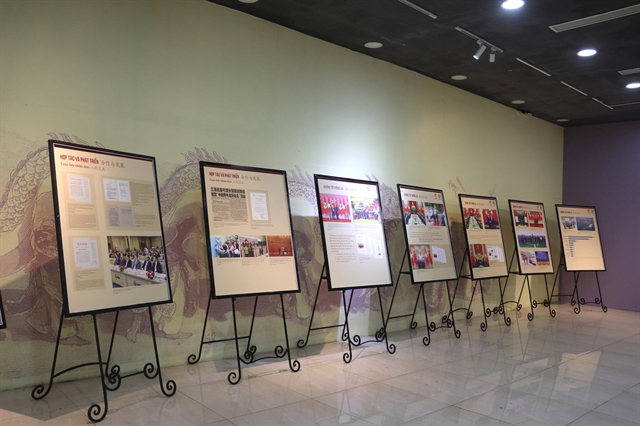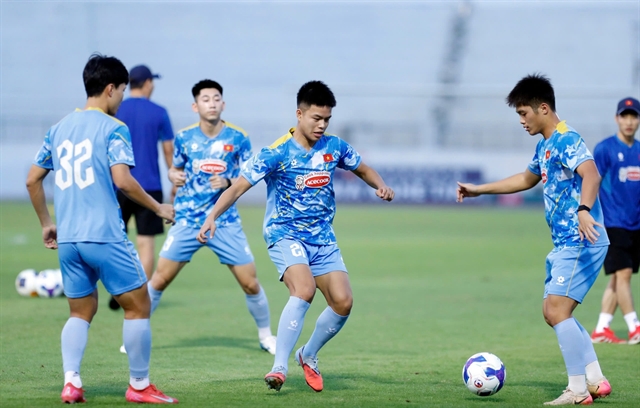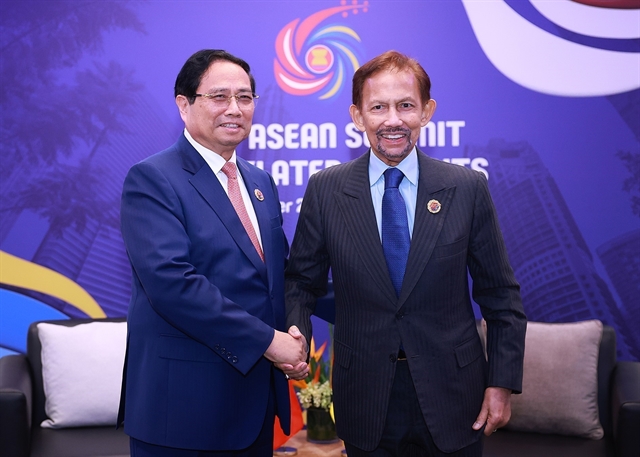 Opinion
Opinion
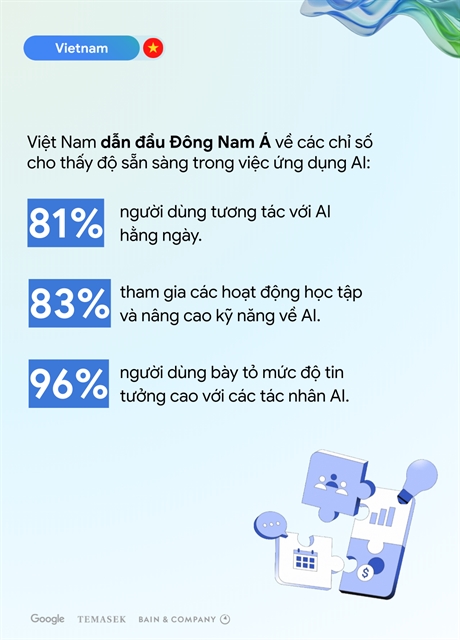
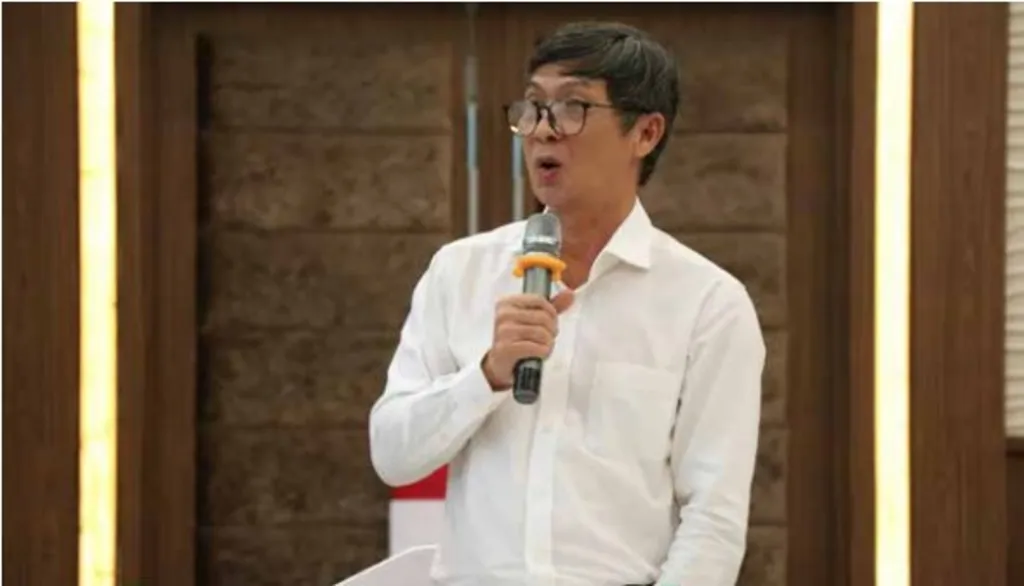 |
| Trương Đình Hòe, general secretary of the Việt Nam Association of Seafood Exporters and Producers (VASEP). VNA/VNS Photo |
Trương Đình Hòe, general secretary of the Việt Nam Association of Seafood Exporters and Producers (VASEP), spoke to the Việt Nam News Agency about the global standing of Việt Nam’s seafood industry and its long-term prospects.
In light of the remarkable growth achieved by Việt Nam’s seafood sector over several years, culminating in a significant milestone of US$ $11 billion in exports during 2022, what is your perspective on the current positioning of Việt Nam’s seafood industry in the global landscape?
The upward trajectory of Việt Nam’s seafood export turnover in recent years is a testament to the robust foundation of our aquaculture, fishing, and seafood processing sectors. Beyond catering to the demands of our domestic market, which boasts a population of approximately 100 million, Việt Nam’s seafood industry has steadily penetrated and triumphed over the international market.
Amid the surging global appetite for seafood, Việt Nam’s seafood export earnings have demonstrated persistent growth over numerous years, culminating in a remarkable milestone of $$11 billion in 2022. This achievement represents an astounding increase of over 12-fold when compared to the modest figures of 1998.
Beyond the augmentation in production, Vietnamese seafood has emerged as a dependable source of protein endowed with escalating nutritional value. This, in turn, contributes significantly to the global sustenance of nourishing food resources. Presently, Việt Nam proudly ranks among the top three largest seafood exporting nations globally, positioned in the esteemed company of China and Norway.
Could you elaborate on the inherent advantages that have, and will continue to, propel the advancement of Việt Nam’s burgeoning seafood industry?
The prowess of Việt Nam’s seafood industry finds its embodiment in three distinct dimensions. Primarily, the unabating surge in worldwide seafood consumption is transpiring amid finite natural aquatic resources. Consequently, the augmenting demand for seafood necessitates a pronounced shift towards aquaculture-driven production.
Along with cutting-edge aquaculture technology, Việt Nam capitalises on its extensive coastline and ample water surface to foster aquatic cultivation across both brackish and freshwater environments. In a global realm where the annual farmed shrimp production reaches approximately 6 million tonnes, Việt Nam makes a substantial contribution, accounting for around 1 million tonnes.
Việt Nam has astutely harnessed its soil composition and climatic conditions to propel the aquaculture sector for exportation. Beyond the country’s significant shrimp cultivation, the nation also boasts a substantial production of pangasius, a pivotal source of white fish catering to worldwide demands.
The second strategic advantage lies in the ability of enterprises to remain abreast of global processing technology trends. The nation's emphasis on value-enhancing deep processing initiatives has consistently bolstered the robustness of Việt Nam’s seafood industry over the years.
Thirdly, Việt Nam’s profound and expansive integration into the global economy has been notably solidified through the negotiation and effective implementation of new-generation free trade agreements (FTAs) with pivotal consumer markets. Notable accords encompass the Comprehensive and Progressive Agreement for Trans-Pacific Partnership (CPTPP), the EU-Việt Nam Free Trade Agreement (EVFTA), and the Regional Comprehensive Economic Partnership (RCEP). These profound linkages propel Việt Nam’s seafood market into a realm of more favourable expansion.
In addition to these advantages, could you shed light on any limitations or challenges faced by Việt Nam’s seafood industry?
Apart from the advantages, there are certain constraints within Việt Nam’s seafood industry. The aquaculture sector, pivotal in providing the raw materials for Việt Nam’s seafood processing and exports, is emblematic of both an advantage and a current challenge. The underpinning concern here lies in the predominant structure of agricultural production, notably aquaculture, which predominantly involves smallholders and household-scale operations.
This prevailing scenario underscores the need to address the intricacies of transitioning from household-based production to a more extensive, commercially-oriented approach. This transition would enable the infusion of scientific advancements and technological applications into the production processes, thereby elevating overall efficiency and curtailing operational costs.
A second pressing challenge lies in the profound impacts of climate change on Việt Nam’s ecosystem. This dynamic has resulted in a contraction of the freshwater aquaculture domain. Comprehensive assessment of this concern is imperative, paving the way for effective countermeasures to be devised and preemptive strategies to be implemented, especially in light of potential raw material shortages for processing and export.
Regarding marine resources, Việt Nam’s extensive coastline and water expanse offer a ripe opportunity for marine aquaculture, yet the development in this area remains modest. Furthermore, the existing infrastructure does not yet sufficiently facilitate the comprehensive evaluation of the situation or the formulation of strategies to regenerate natural seafood resources.
In the present economic climate characterised by challenges, and with global consumers gravitating towards pre-processed and more budget-friendly products, there appears to be a wane in the demand for extensively processed items. Against this backdrop, how do you suggest Vietnamese seafood enterprises should navigate and adapt?
In the aftermath of the upheaval caused by the COVID-19 pandemic, the restoration of the global market has been a fluctuating journey, prompting enterprises to embrace a period of measured and deliberate operation. The paramount objective for businesses in these times is to preserve a cadre of skilled professionals to fulfil production demands when the eventual recovery phase materialises. Keeping experienced and skilled workers is really important. If we don't, it could make it hard to take advantage of opportunities when the market gets better.
The fishery sector, intrinsic to the provision of essential sustenance, persists in its relevance even though demand might have experienced a dip compared to prior periods. It's noteworthy that as inventories dwindle, buyers are once again initiating orders.
Furthermore, it's crucial to underscore that the recent shift in consumer preferences towards competitively priced, semi-processed alternatives merely constitutes a transient phenomenon, borne out of factors like dwindling economic capacities, inflation, and the constrained operations of dining establishments. As the hospitality industry revives, businesses continue to recognise value-adding products as a hallmark that has etched a distinctive brand identity for Vietnamese seafood. This emphasis is driven not solely by immediate difficulties, but as a strategic shift for long-term development.
Việt Nam’s seafood industry enjoys a competitive edge in advanced processing technology and a robust consumer base. However, the current challenge facing the industry is optimising production costs by streamlining the inputs associated with the prevailing farming model.
Concurrently, strategic efforts are being directed towards long-term progress. These encompass a gradual augmentation of large-scale production, the infusion of advanced technologies to enhance productivity, and the cultivation of investments in animal feed production and breeding stock. These measures aim to curtail reliance on imported resources and reinforce self-sufficiency.
Vietnamese seafood has already established its presence in more than 170 countries, so the exploration of new markets is a secondary priority. Given the diminishing purchasing power within primary markets, businesses and industry associations must intensify advertising and trade promotion initiatives. These efforts are pivotal for efficaciously tapping into the distinct potential of each market, even including niche markets, with the overarching objective of cumulative growth.
The current market trend leans towards eco-friendly products, accompanied by expectations for elevated standards within the food supply chain. Against this backdrop, how well-equipped is Việt Nam’s seafood industry to align with these contemporary inclinations?
The ongoing trends of green production, sustainable consumption, and the green economy have gained significant momentum, and Việt Nam’s seafood industry is making commendable strides in embracing these principles. A key advantage lies in the fact that a substantial 70 per cent of the raw materials earmarked for export are cultivated, encompassing items such as shrimp and pangasius.
Notably, the number of farms and aquaculture zones obtaining international certifications for responsibly cultivated seafood continues to rise. These certifications underscore a commitment to mitigating environmental and community impacts while upholding stringent labour regulations, exemplified by the Aquaculture Stewardship Council (ASC) certification. Impressively, out of a total of 847 industrial-scale factories, 692 boast the coveted EU export code, bearing testimony to the dual focus on both robust production practices and environmental protection. Moreover, for the US market, Vietnamese seafood conforms to the exacting standards of Good Aquaculture Practices (BAP).
Now, there's a global concern about emissions equilibrium. With a pledge to achieve net-zero emissions by 2050, Việt Nam faces an imperative for swift action. I think it’s time for concerted mobilisation across industries and enterprises to honour their commitments, and seafood production and processing are no exceptions.
Foremost and pivotal remains the awareness, particularly among business proprietors, of the pressing need and urgency surrounding emission-related issues. A paramount imperative is technology investment to curtail emissions. The priorities are solar power integration in production and processing activities along with a curtailment of fossil energy utilisation. The adoption of equipment and materials that contribute to energy reduction in farming and manufacturing operations is a coherent strategy. Equally crucial is the phased substitution of high-emission packaging materials with low- or zero-emission alternatives.
In essence, emission reduction must be considered as a "guiding principle" for enterprises' strategic orientations and investment blueprints. This commitment is an indispensable prerequisite for nurturing long-term and sustainable growth. VNS


